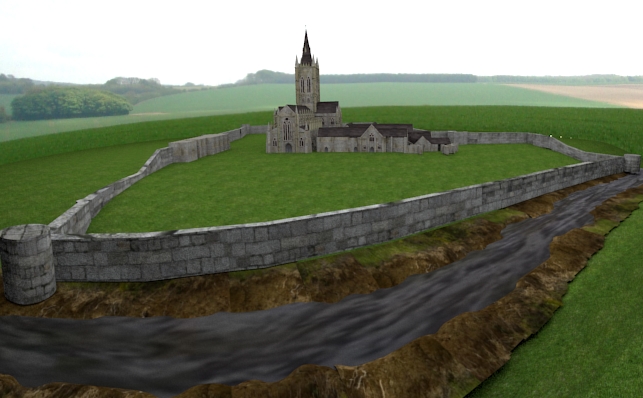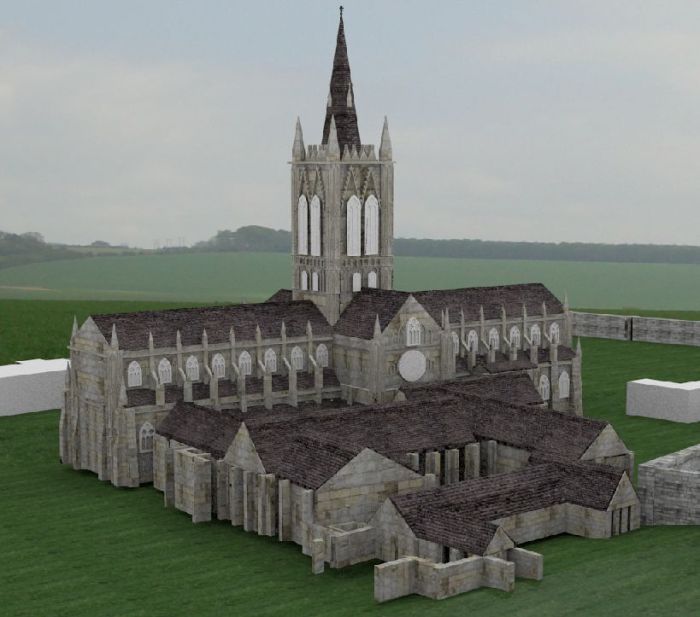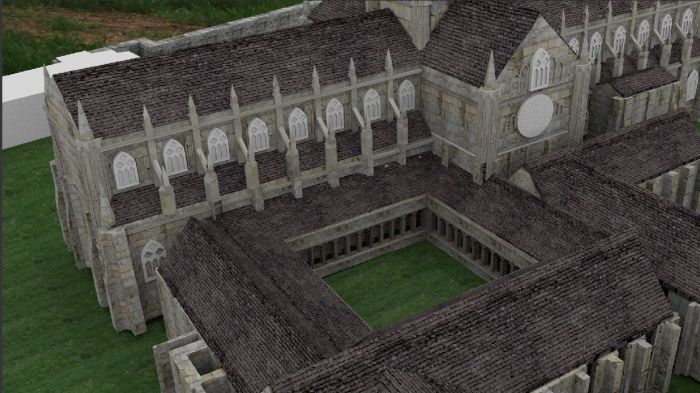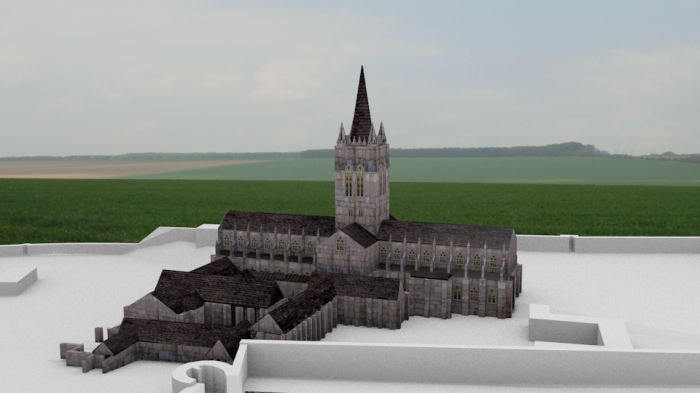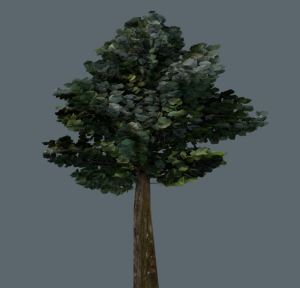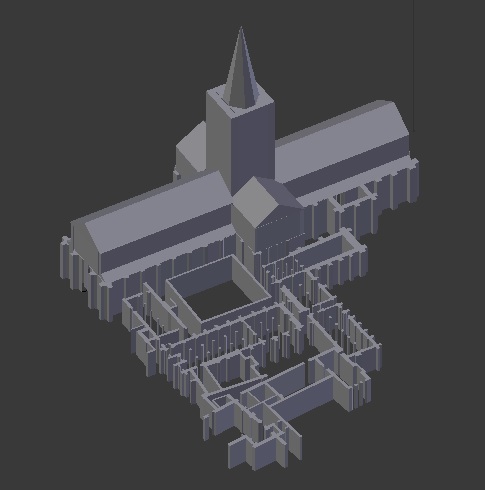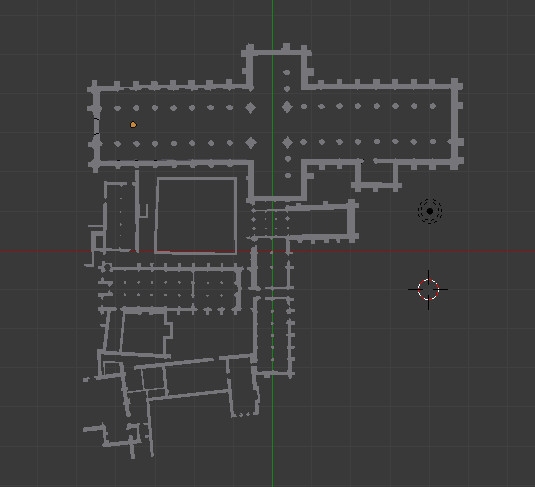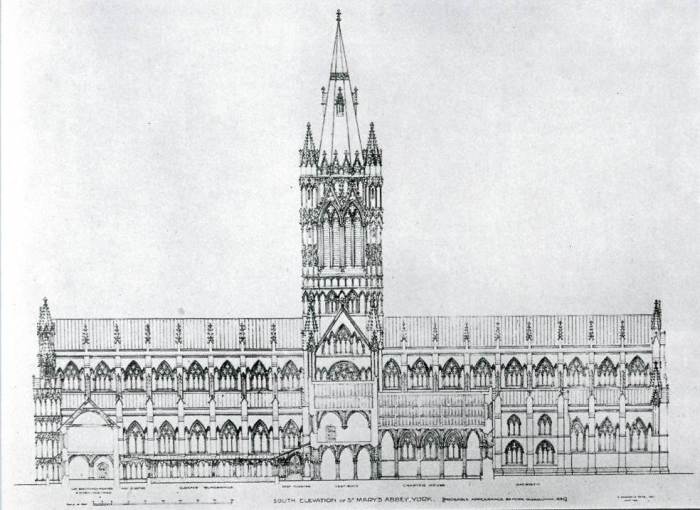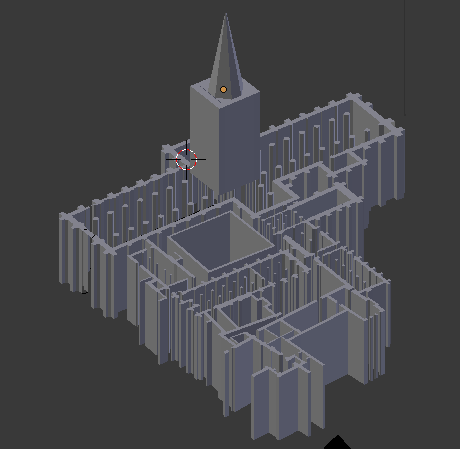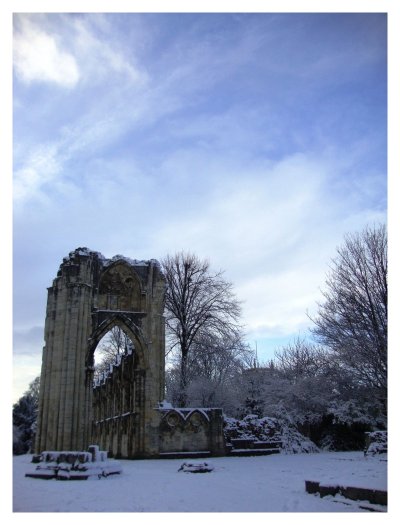 (above, St Mary’s Abbey ruins, York. Photo author’s own)
(above, St Mary’s Abbey ruins, York. Photo author’s own)
My MSc dissertation for my Digital Heritage degree is due in just over a year, a huge benefit to me as a part-time PG student, which means I have plenty of time (hopefully!) to actually model what I plan to discuss in the main paper.
Through my dissertation, I hope to explore the benefits and limitations of using gaming technologies for educating and experiencing the pre-dissolution architecture of St Mary’s Abbey in the Museum Gardens, York (see my above photo). Gaming and architecture are my specialist topics so why not bring them together for my dissertation!
I chose St Mary’s Abbey as it’s one of my personal favourite locations in York, it’s very picturesque as it’s now in ruins, yet it’s history is overshadowed by other monumental heritage sites in York, such as the Minster. It was one of the richest Benedictine abbeys in England at it’s height in the 13th and 14th centuries, and was thought to be entirely constructed in the 13th century gothic style. To be able to create an application to allow other people to interact with and visualise the reconstructed ruins is a much needed-app for the heritage of York as a lot of museums are turning to digital methods of public engagement.
To coincide with the discussion in the paper, I am creating a 3D model of the Gothic (not Romanesque) St Mary’s Abbey pre-1539 to demonstrate some of the benefits and limitations in the creation stage, and if I finish it, to pilot it out with some users as part of a heritage gaming application. Ideally I would like it to be interactive, and perhaps to contain a narrative that leads to an end-game goal. I will create the abbey in Blender 3D then import the model into Unity gaming software.
I have just worked for three hours in Blender 3d software and this is what I have at the moment, still in the extreme basic polygon meshing and manipulating stage but it’s all to scale and based on a reference image of an architectural plan of the abbey (plan source Mee, F and Wilson, B (2009) “St Mary’s Abbey and the King’s Manor, York: The Pictorial Evidence”). I still have to mesh the other buildings in the abbey complex, but here’s a couple of screenshots of my progress so far:
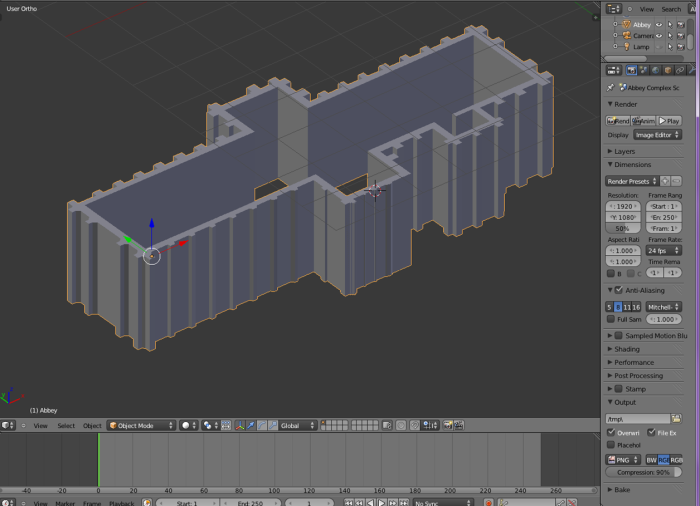
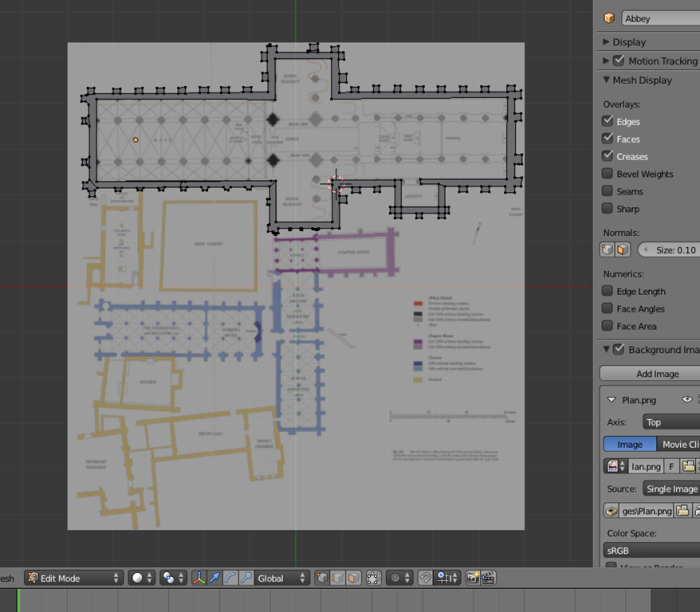
I intend to post a lot more developments on this dissertation project, so watch this space!
 A small update on my abbey project. I am currently in the process of modelling some of the more detailed gothic decoration of the abbey’s exterior. This is quite difficult as the abbey’s decorative plan is only speculative at this point, with hardly any archaeological evidence. As a result I am referring to the schemes of other local ecclesiastic buildings such as the York Minster and other Benedictine abbeys.
A small update on my abbey project. I am currently in the process of modelling some of the more detailed gothic decoration of the abbey’s exterior. This is quite difficult as the abbey’s decorative plan is only speculative at this point, with hardly any archaeological evidence. As a result I am referring to the schemes of other local ecclesiastic buildings such as the York Minster and other Benedictine abbeys. 